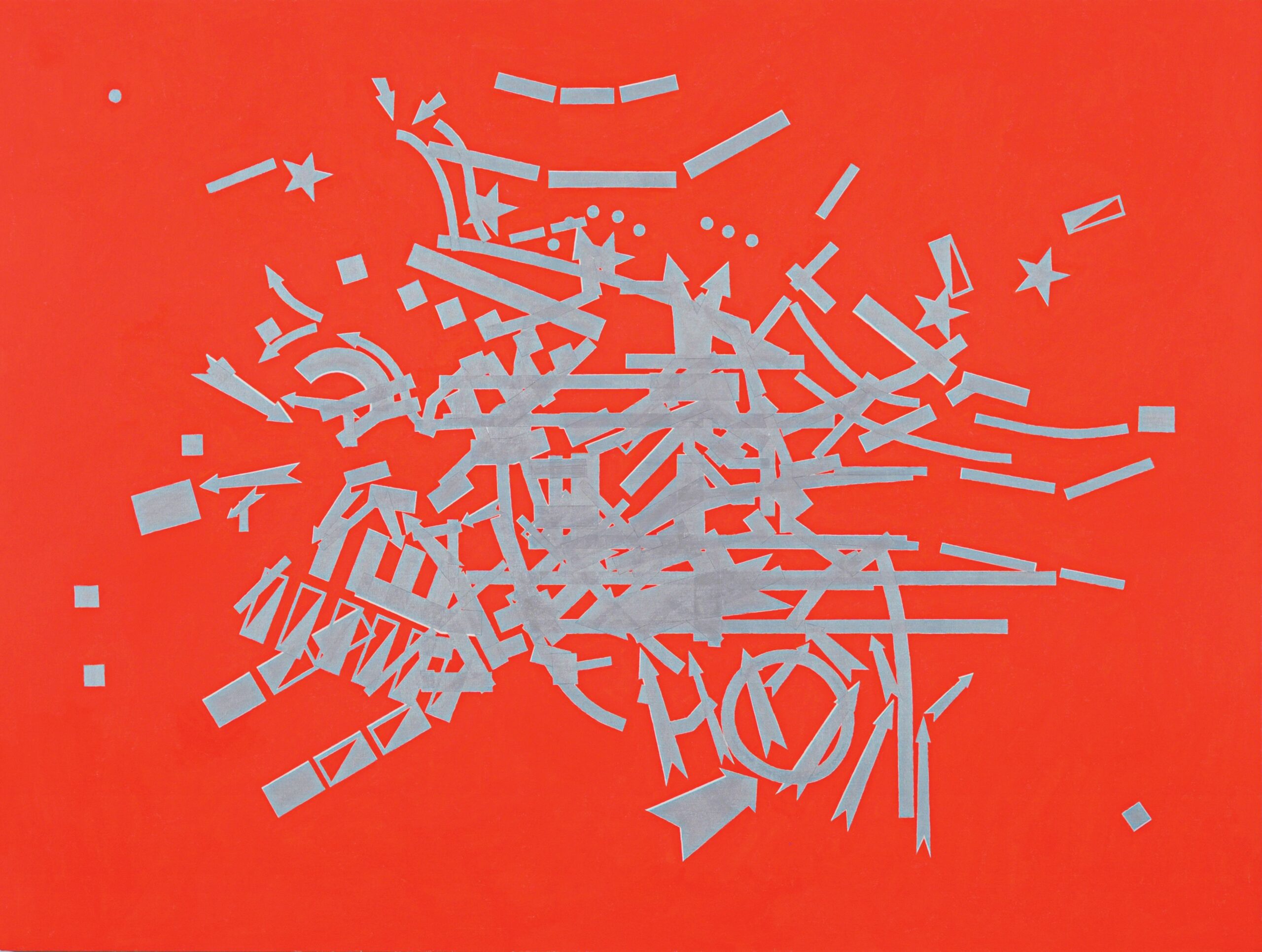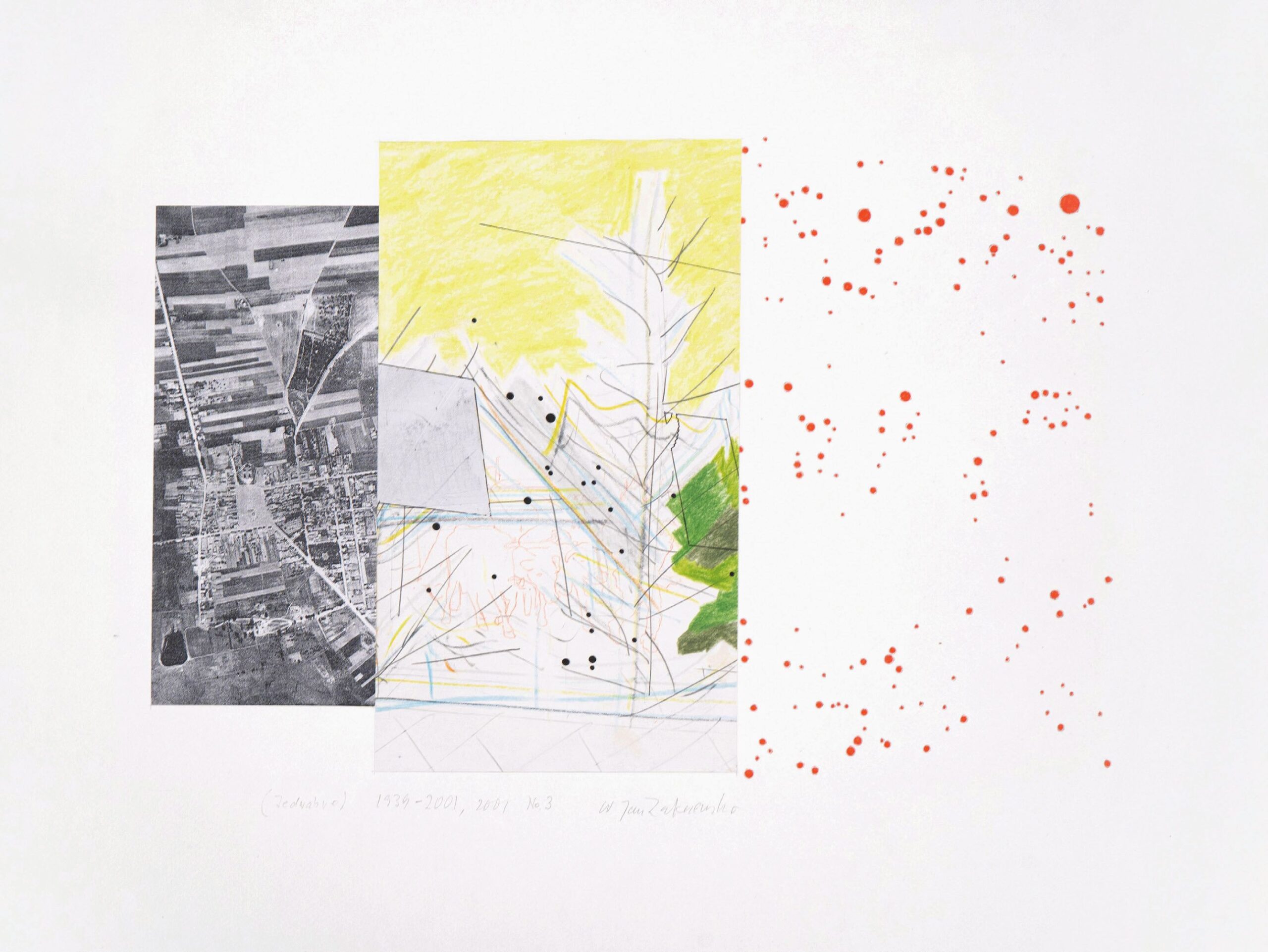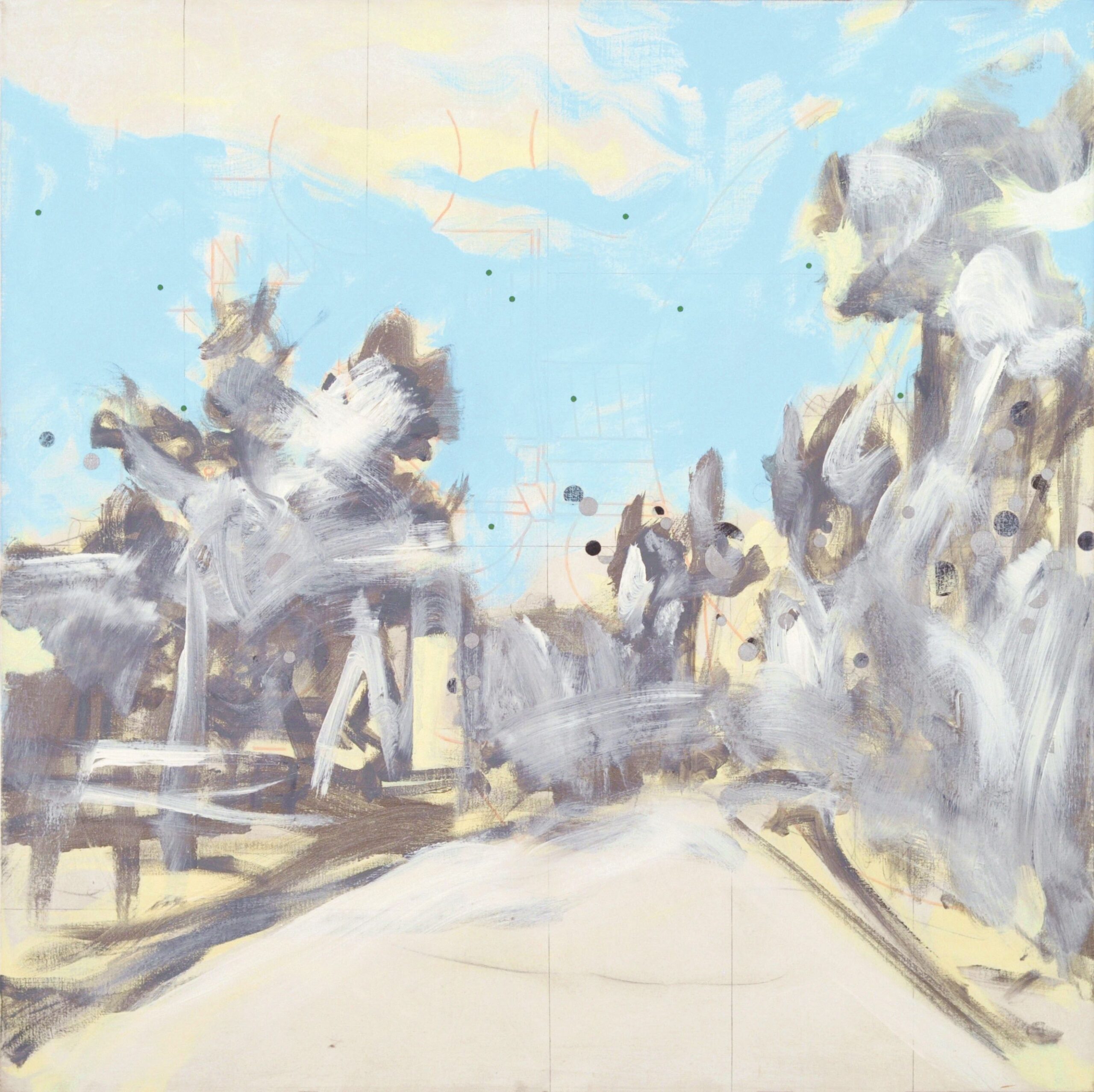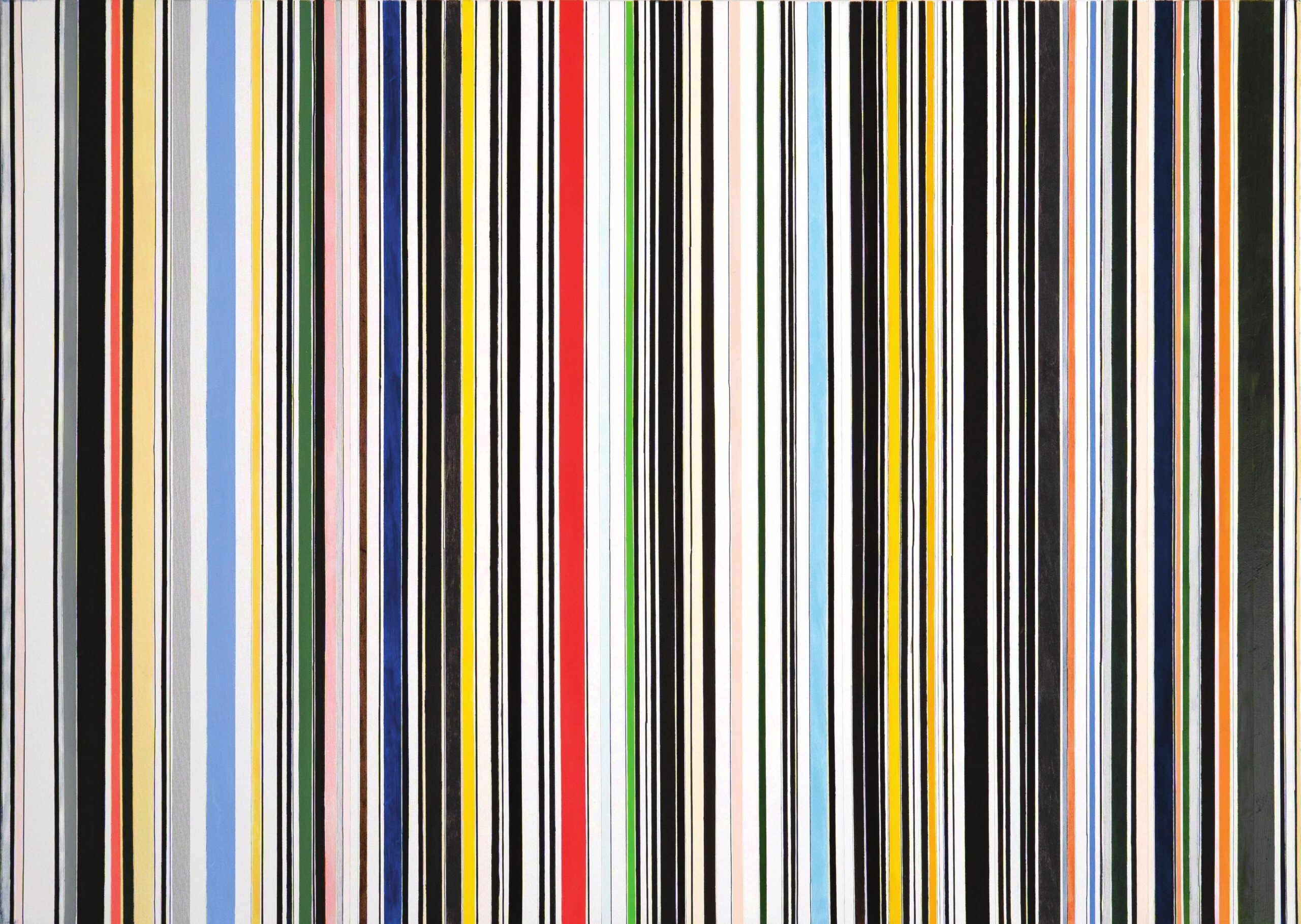Włodzimierz Jan Zakrzewski
What Did the Artist Say?
30.09–10.11.2021
Włodzimierz Jan Zakrzewski is not an effusive artist; his works are emotionally reserved, they cover more than they show. Despite his huge body of work, his inclination to process the output data, to accumulate and force it into tight forms, seems increasingly characteristic; the more he has to say, the less he shows.
He – the artist – has merely been trying to leave traces on his way to his own pictorial conclusions, initially grappling with classics, and then with reductivist Constructivism. True, his early paintings record the dilemmas that concerned him at the time: he was debating the possibilities of holding on to painting as a medium fatigued and worn by millennia of existence. And then he also grappled with the world and himself.
Memory Gaps (1980-2020) is a monumental reinterpretation of his Polyptych (1980), whose two parts were of- fered by a Dutch auction house as two autonomous paintings. Four decades later, the artist has revisited the same elements, piling on consecutive narratives, enhanced by the variety afforded by a generation’s experience. He would often forgo the classical pictorial form and choose elaborate multimedia pieces instead, involving the use of light and sound. Subsequently, enriched by such experience, he would go back to classical art techniques, making paintings and drawings that “remembered them.”
In the 1990s, the artist admitted landscape to his work. Previously absent, in Warwick (1996) this motif takes on the form of postcard-like reminiscences where memories of places are echoed in the outlines of buildings; it peeks through from under a feeling captured with an expressive gesture.
In 2020, Zakrzewski celebrated the fiftieth anniversary of his graduation from Warsaw’s Academy of Fine Arts, but then a pandemic is hardly a good time for profuse celebrations. Still, contrary to the harsh reality, the artist came up with the multicolored Santa Catarina Notes (2020/21), which he describes as a manifestation of freedom. This show is an attempt to disentangle at least a few major threads running through his work as a basis for a short exhibition essay, a visual haiku that would give the viewer an insight into the essence of what the artist stands for.
Works
| Status | Title | Year | Technique | Dimensions | |
|---|---|---|---|---|---|
| Loading… |
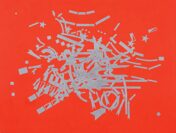
|
Eighteen Battles | 2010 | acrylic, oil and pencil on canvas | 150 × 200 cm |
| Loading… |

|
Hindenburg | 1994 | mixed media | 110 x 195 cm |
| Loading… |

|
Jedwabne 1939–2001 | 2001 | mixed media | 27 × 35 cm |
| Loading… |
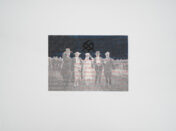
|
Lances for the Battle (Last Run) No. 3 | 2003 | mixed media | 18 x 25.5 cm |
| Loading… |
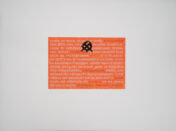
|
Lances for the Battle No. 2 | 2003 | mixed media | 18 x 27 cm |
| Loading… |
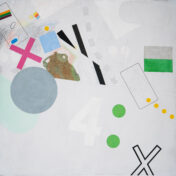
|
Memory Gaps | 1980-2021 | mixed media | 100 x 100 cm |
| Loading… |
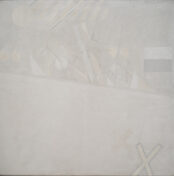
|
Memory Gaps | 1980-2021 | mixed media | 100 x 100 cm |
| Loading… |
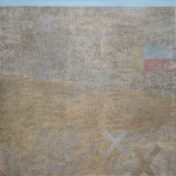
|
Memory Gaps | 1980-2021 | mixed media | 100 x 100 cm |
| Loading… |
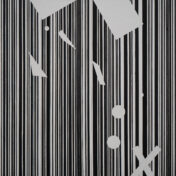
|
Memory Gaps | 1980-2021 | mixed media | 100 x 100 cm |
| Loading… |
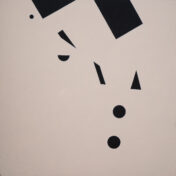
|
Memory Gaps | 1980-2021 | mixed media | 100 x 100 cm |
| Loading… |
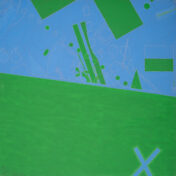
|
Memory Gaps | 1980-2021 | mixed media | 100 x 100 cm |
| Loading… |
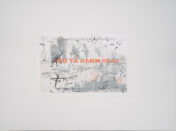
|
Nod Ya Head | 2004 | mixed media | 19 x 28 cm |
| Loading… |
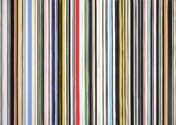
|
Santa Catarina Notes | 2021 | mixed media | 100 × 140 cm |
| Loading… |
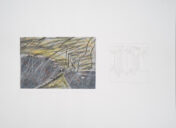
|
Two Landscapes (Upstate New York/Amsterdam) | 1996 | mixed media | 12 x 24 and 12.5 x 12.5 cm |
| Loading… |
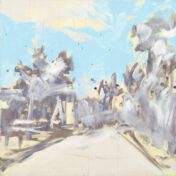
|
Warwick | 1996 | technika mieszana | 137 × 137 cm |
